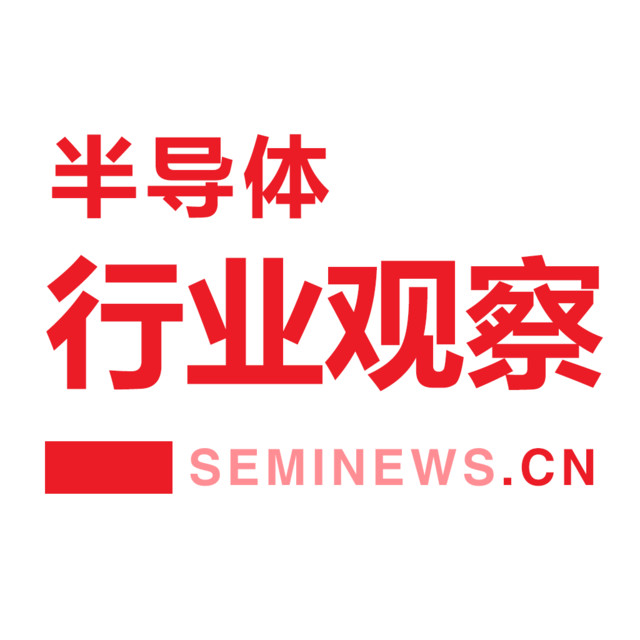●how to design complete ultra-low-power wearable platforms that can be powered with minimal energy, and system-level software management for low‐power at hardware and OS level
●the state-of-the-art and the key techniques to design low-power integrated circuits and SoCs for wearable wireless systems
●demons:examples of different energy efficient systems according to the choices of components for wearable platforms in the IoT context
2. communication for IoT
●the main issues and challenges related to new protocols, management and optimization of communication for wearable wireless systems and networks
●antennas for sensor nodes and the challenges of the propagation environment
●demons:the several design trade‐offs between high‐level (like ZigBee or Bluetooth LE), and low level protocols, as well as communication modeling around the body used as communication channel
3. application-oriented lectures with focus on the actual needs of wearable IoT devices
●how to build body worn sensors and signal processing, feature extraction and machine learning approaches, sensors fusion and data recording in IoT devices, with special focus on wearable systems and the interaction with high-performance computing systems in the backend of medical IoT
●the state of the art and advances on pervasive monitoring in heath and disease
●demons:how to solve specific practical issues about signal acquisition and software tuning and optimizations for physical mobility in the IoT context, analyzing the existing wearable and environmental monitoring technology, and state-of-the-art IoT backend analytics.















